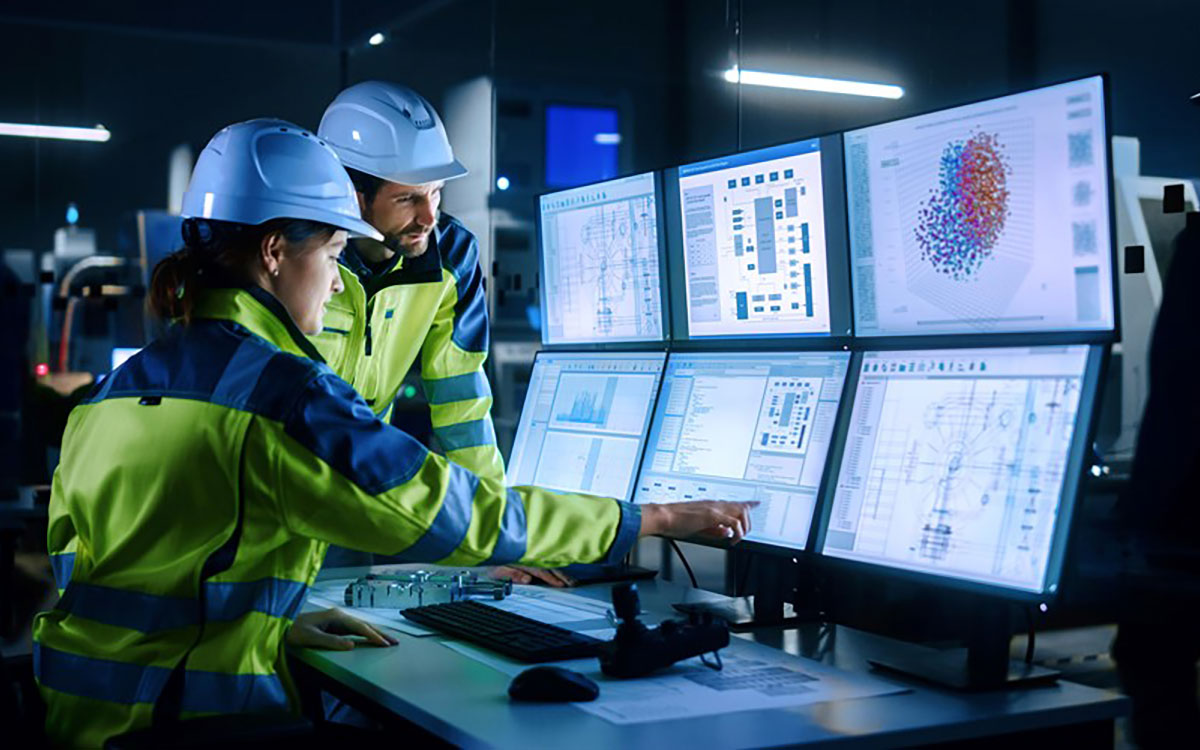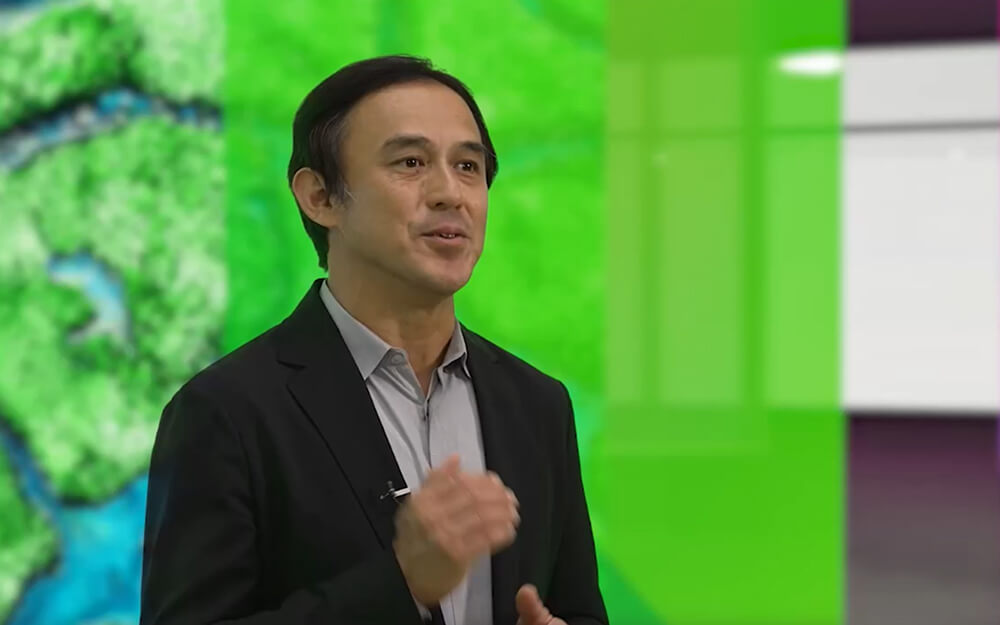Employee experience is the key to workplace productivity
Fujitsu / March 8, 2022
The world is undergoing a big shift. People’s lifestyle choices have changed, and the way businesses operate must adapt as a result.
A trend that has developed is hybrid working. As more people choose to work flexibly, organizations have become more reliant on digital technology to operate, collaborate, and serve customers. However, for this new model of working to run effectively, there’s a need to prioritise employee experience.
No longer the reserve of HR teams or individual departments, employee experience requires a collaborative approach between business leaders and CIOs (Chief Information Officer). And this is fundamental when we consider the results of our Global Digital Transformation Survey Report 2021 which found that over half of leaders in finance (64%) and retail (58%) expect their employees to continue to work remotely more than 40% of the time.
So, in an economy that’s had to quickly adapt to disruption, how do we reconcile employee experience with this new trend?
In this blog, I explore some of the challenges businesses are faced with today and highlight four ways organizations can support a well-rounded employee experience.
A human-centric approach
Previously, it was assumed that better engaged employees are happier and more productive. But changing working patterns and expectations have broadened the concept of employee experience.
A human-centric approach must include every aspect of work – from social and cultural values to physical environments – not just digital transformation.
Moving forward, it’s essential that business leaders listen to the voice of employees from a user point of view. In addition, the experiences employees are having should be measured rather than just assuming that the tools they’ve been provided are in good order.

Challenges caused by changing expectations
Technology revolution and changes in work patterns have empowered more employees to demand more from their employers.
Also, younger generation entering the workforce have different expectations from their employers than their predecessors. They value an entrepreneurship mindset and desire more control over where and when they work.
But this change presents one of the biggest challenges for organizations to overcome. It makes creating an effective employee experience more difficult because what’s good for one person might be subpar to another.
It begs the question: how will organizations provide each employee with the resources they want to be successful in their job, while also ensuring it contributes to business growth?
Additionally, with the huge digital skills shortage, talent can now pick and choose where they want to work and sizing-up the employee experience of the organization they want to work is a big part of the decision process.
Today’s employees want to ensure they can work flexibly so it fits with their other needs and interests.
If businesses don't have the policies that enable a great employee experience, they're not going to attract and retain the right skills in their organization, and the business is going to suffer because of that.
Four ways to overcome the challenges
We can look at four facets when it comes to providing a great employee experience.
1.The digital experience
Businesses must consider the experience their employees get from the tools, products, and services needed to get their job done. In a digital savvy society, most people have experienced the seamlessness of smartphones in their personal lives. Now, they expect to have similar, consumer-led experiences from the devices and services they use at work. So, if digital tools are used in the right way, businesses can enable a similar experience. For example, I’ve been talking to customers about Microsoft Viva recently, as it’s an employee experience platform that combines communications, resources, learning tools and insights into workflow, to help people and businesses thrive. It also offers recommendations to improve productivity and wellbeing.
However, overcoming the challenges of employee experience mustn’t be only about the tool. Leaders should also have a review on the people in the organization and consider what they need to be successful in their role.
2.Physical elements of the office environment
Businesses must reflect on the physical spaces they provide employees. Does it enable them to be productive daily? Are there appropriate spaces that allow for collaboration with colleagues? Are the right tools available in meeting rooms for whiteboarding which also allow people in remote or hybrid working to join in? These are all essentials for creating a positive employee experience.
3.Company culture
In today’s world of hybrid working, the need for a cultural reset is essential. Otherwise, organizations risk reputational damage or the loss of key talent. To modify company culture to fit the times, business leaders must establish what they stand for and employ a values-driven culture that will enable them stand out from their competition. The values that are integral to this reset include: empathy, connectedness, transparent communication and commitment to action and impact. Get this right, and the organization can build loyalty and trust among employees working in hybrid or even with teams in different geographies.
4.Security and compliance
Security and compliance are a big concern when it comes to business operations, especially as more people work from different locations. Organizations must think about their security and compliance measures from day one when delivering on employee experience.
Businesses must consider how to extend their security perimeter. They must do so without putting many boundaries and blockers in place for remote workers because having too many restrictions can lead to bad employee experience and people working around the systems.
Measuring employee experience
Measuring employee experience must put people first and not be carried out from a single IT standpoint. It’s about understanding who the people in your organisation are, and how you can give them the best chance at being happy and productive. As a result, your business will survive and thrive from that.
Digital experience management and monitoring tools like Microsoft Productivity Score, Endpoint Analytics, Viva and DEM coupled together can be used to measure the experience that employees are getting from the device and Microsoft applications they're using. Their employee experience results can then be benchmarked against similar organizations in the industry to see if it’s at an appropriate level.
Also, business leaders need to think about the different personas in their organization because what works for one individual may not for another. For example, a front-line worker and a traditional office worker may want different things from their employee experience, so these must be provided and measured differently.
In fact, “personalized data that employees handle every day is key to providing unique and safe customer and employee experiences,” suggests Andy Baines, Chief Security Architect, UK & Ireland at Fujitsu.
But businesses don’t have to face these challenges alone. Once the assessments have been carried out, forming the right partnership will enable organizations to implement better XLAs (experience level agreements), whereby your partners and your teams are incentivized to increase employee experience as part of the services they deliver.
Looking ahead
The way organizations are run will inevitably change and employee experience will be a big part of that, as our society becomes increasingly conscious about the environment, social impact, and the social responsibility of organizations.
Moreover, with new technologies such as AR, virtual reality, and metaverse on the horizon, it’s difficult to predict the future of employee experience.
However, I believe people will start to develop new tools and technologies that deliver an intended employee experience, rather than deliver tools solely aimed at driving productivity. Ultimately, productivity will be delivered as a natural by-product of great employee experience.
It’s certain that employee experience will become more and more important, and business leaders must act quickly if they’re to retain their highly skilled employees and recruit new ones.
Learn more about how Fujitsu and Microsoft can enable a human-centric modern workplace environment for your employees.

Related information
Editor's Picks




